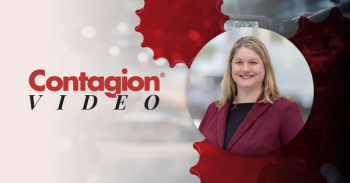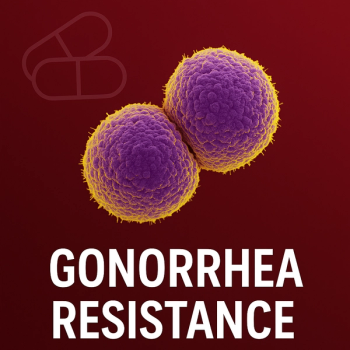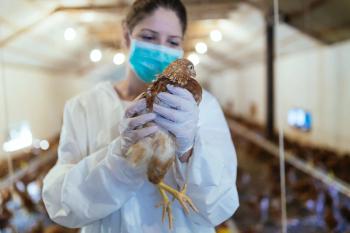
The Top 10 Things Infection Preventionists Want for the Holidays
Here are a few things your friendly infection control team would appreciate for the holidays.
1. People Who Stay Home When They Are Sick
Seriously—it’s that simple. Health care providers
If a health care worker comes to work sick, it puts patients and staff alike at risk. Whether it is measles, pertussis, or influenza, an infected healthcare worker will inherently expose dozens of patients and create a lot of work for both Occupational Health and the IPC team to try and ensure staff and patients are notified and given prophylaxis if necessary. Bottom line: Please stay home if you are sick!
2. Hand Hygiene Compliance
Wash your hands, people! Hand hygiene is one of the most effective and easy ways to prevent the spread of infection and yet our compliance in the United States is
3. A Reminder & Monitoring System That Encourages Staff to Wash Their Hands (using soap and water or use alcohol-based hand sanitizer)
Yep, I feel that strongly about hand hygiene that I’ve got 2 items on the list dedicated to it! These reminder & monitoring systems are expensive and staff often feel as if they have Big Brother watching them all the time; however, it would be great to have an effective (and less threatening) system to catch health care workers prior to entering or exiting a patient’s room that also reports compliance to infection control/quality enhancement programs. Okay, maybe that’s still a little Big Brother, but it would sure help our jobs a lot…
4. Acceptance That Zero Infections Are Pretty Unlikely
Okay, guys, one of the most important roles for the IPC team is to try and prevent
It’s easy for hospital administration, and the public, to demand a zero-infection environment and, of course, we would love for that to happen as well. Unfortunately, there are things that are out of our control. Patients contaminate their central lines, emergencies can occur, and well, life happens. No one wakes up in the morning and goes to work with the intention of doing a poor job or neglecting a patient. We can strive for zero infections, but at the end of the day, it’s important that we accept that medicine comes with risks and we work to do everything we can to make it safer.
5. Better Electronic Medical Record (EMR) Surveillance Systems
A lot of hospitals and infection preventionists (IPs) rely on programs within their EMR system to mine data and pull potential HAIs. These are usually based on laboratory data and potentially some word-searches. No system is perfect, but IPs rely on them heavily. It would be great to have the EMR system designers coordinate and work with IPs to truly understand surveillance reporting needs/requirements.
6. Accessible Hand Sanitizer for Patients and Visitors
Okay, I lied… there are 4 items on the list dedicated to hand hygiene…
The role of our patients and their visitors has been highlighted in recent years as
7. More Time on The Units with Staff
Trust me when I say, your IPC team would rather be on the units, rounding and talking with staff. We thrive on that and it’s critical, but the surveillance and reporting requirements that we’re responsible for
8. Rapid Use of Personal Protective Equipment (PPE) & Isolation
We know: It’s hot, it’s sweaty, it’s cumbersome; but, PPE is also extremely important to stop the spread of infections. PPE & Isolation is especially important in urgent care facilities and emergency rooms, where patients come in with non-specific symptoms and it’s always later that we find out they had something infectious that requires staff and patient notification. If a patient has a cough or flu-like symptoms, have them wear a mask until they are in a private room. Particularly during flu season, please use droplet precautions until we can get a better understanding of what’s going on. Health care workers should always wear PPE when caring for patients with a potentially infectious disease and while the patient is not in a room, they should be wearing a mask to cover their cough. Think critically about infectious etiology and consider travel history, current outbreaks, and disease transmission. It’s better to err on the side of caution than deal with a whole ward of potentially infected individuals.
9. Low Rates of HAIs
Regardless if they are
And, last, but not least…
10. Infection Preventionists Want Staff to Think of Them as a Resource & Team Member
We are not there to make your already-difficult lives any harder. We know it’s easy to think of infection control programs as a watch-dog or a team of people looking only for failures. My wish is that you understand that we want to be your resource and not to be seen as a burden or only associated with adverse outcomes. Prevention is in our job description, and that’s what we try to do, but we’re only as good as the relationships we have with health care workers. Let us help you!
Newsletter
Stay ahead of emerging infectious disease threats with expert insights and breaking research. Subscribe now to get updates delivered straight to your inbox.


















































































































































































































































































